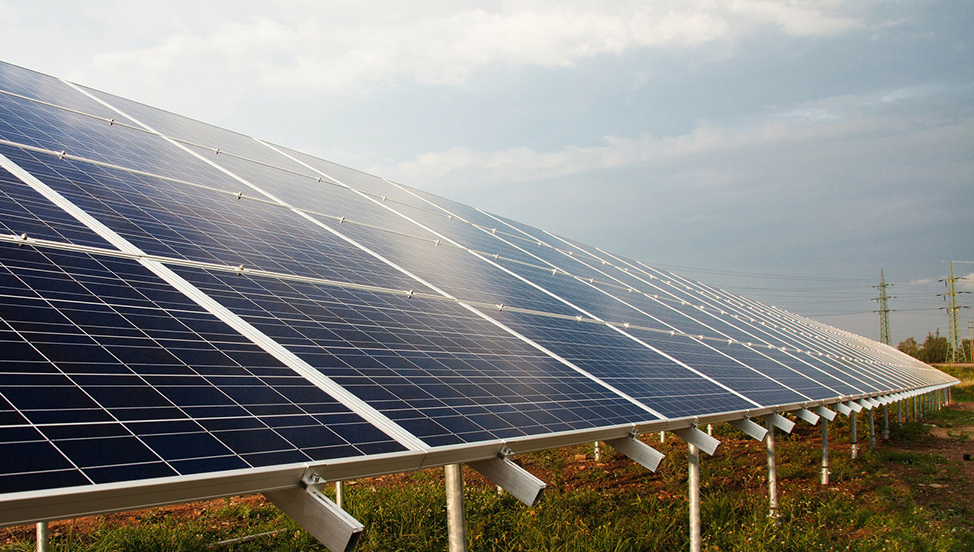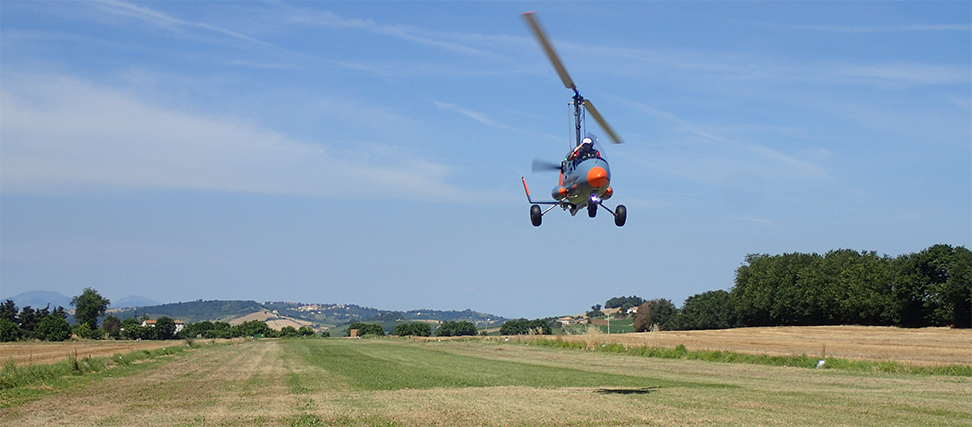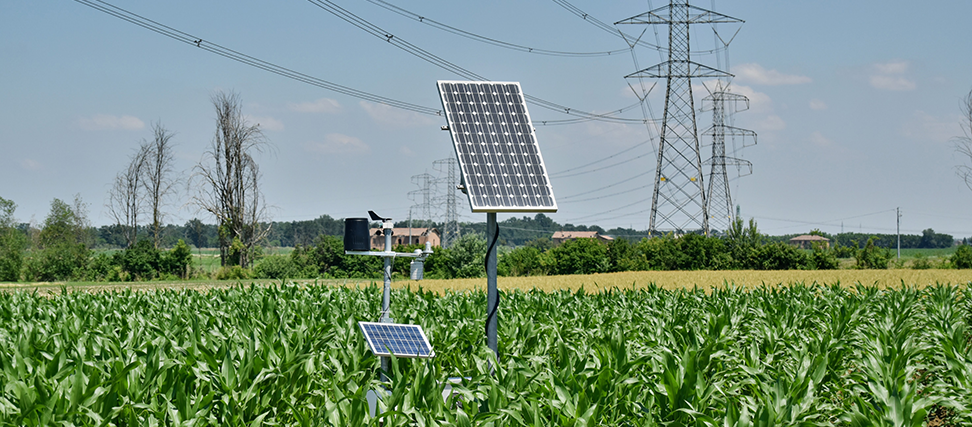Energy and Environment
Energy and Environment
-
Energy and Environment
| This track is centered on the links between physics and some pivotal issues of our society, such as energy and the environment. A sound education in applied physics, including photovoltaics, renewable energy, nuclear technologies, semiconductor physics and devices, offers opportunities for the jobs of the future. |
| Course | Sugg. | SSD | Att. | Table | CFU | Sem./Anno |
| Electron microscopy: theory and applications | FIS/01 | B1 | I | 6 | I/1 | |
| Environmental radioactivity | S | FIS/01 | B1 | I | 6 | I/1 |
| Energy and society | S | FIS/01 | B1 | I | 6 | I/1 |
| Solar energy systems | S | FIS/01 | B1 | I | 6 | II/1 |
| Semiconductor physics laboratory | FIS/01 | B1 | I | 6 | II/1 | |
| Object-oriented programming for experimental data analysis | FIS/01 | B1 | I | 6 | II/1 | |
| Nuclear and subnuclear geophysics | S | FIS/04 | C | |||
| Radiation physics for medical applications | FIS/07 | C | II E | 6 | II/1 | |
| Insegnamenti suggeriti da altri Corsi di Studio | ||||||
| Ecologia | BIO/07 | LT/Sc.Biologiche | 9 | II | ||
| Economia ecologica | SECS-P/01 | LM/Biotec.Amb.Sal. | 6 | I | ||
| Economics of innovation | SECS-P/06 | LM/ Econom. Manag. Pol. Global Challenges | 8 | I | ||
| Energy and resource economics | SECS-P/03 | LM/ Econom. Manag. Pol. Global Challenges | 7 | I | ||
| Impatto ambientale | BIO/07 | LM/Biotec.Amb.Sal. | 6 | I | ||
| Prospezioni geofisiche | GEO/11 | LM/ Sc. Geol. Geor. Territorio | 6 | II | ||
| S: Strongly suggested for this track | ||||||
Why energy and environment?
This track is centered on the links between physics and some pivotal issues of our society, such as energy and the environment. A sound education in applied physics, including photovoltaics, renewable energy, nuclear technologies, semiconductor physics and devices, offers opportunities for the jobs of the future.
Energy and environment are two keywords for designing a sustainable future. Nowadays a large fraction of funds at governmental agencies, research institutions, start-ups and other companies are dedicated to developing a sustainable society. Young physicists will have to deal with the increasing demand of hard and soft skills required by these interdisciplinary researches.

What to expect?
This track has an interdisciplinary nature, laying at the border of different branches of physics and using knowledge from other scientific fields (such as management and economics). Besides the common background, the courses educate the students on environmental radioactivity, renewable energy sources, ionizing radiations, semiconductor materials, precision agriculture and photovoltaic systems.
The students learn physical concepts and methods for the exploitation of conventional (fossil fuels and nuclear energy) and renewable energy sources (solar radiation, wind, biomass, and geothermal energy). Insights into the physics of ionizing radiations, interaction with matter and radiation detection are offered through lectures and hands-on sessions in the laboratory or in-situ: students will have at disposal electron microscopes, high-resolution x-ray diffractometers, gamma spectrometers, drones and photovoltaic cells.
Emphasis will be given on dimensional analyses and order of magnitude estimates for approaching multidisciplinary problems. This track includes seminars by scientists and experts of photo-reactor technology, nuclear reactors, oil & gas industries and medical physics.

Which graduate destinations?
We expect graduates from this track to be equipped with hard and soft skills necessary where complex decision making is required. Lectures are designed for providing strong foundations for a future within research institutions, companies and start-ups in the fields of environmental technology and innovations in energy collection, conversion, transport, storage, and distribution. The typical careers of our graduates are in:
- National and international research centers
- Start-ups dedicated to innovations in energy and environmental sustainability
- Companies dealing with quality assurance and radiation safety
- Metallurgic, polymeric, biomedical, ceramics and nuclear industry
- Oil & gas companies and energy industry
- State administrations handling policy for environmental protection and green energy
- Private companies implementing renewable energy sources in practice, environmental analyses, radioactivity measuring

